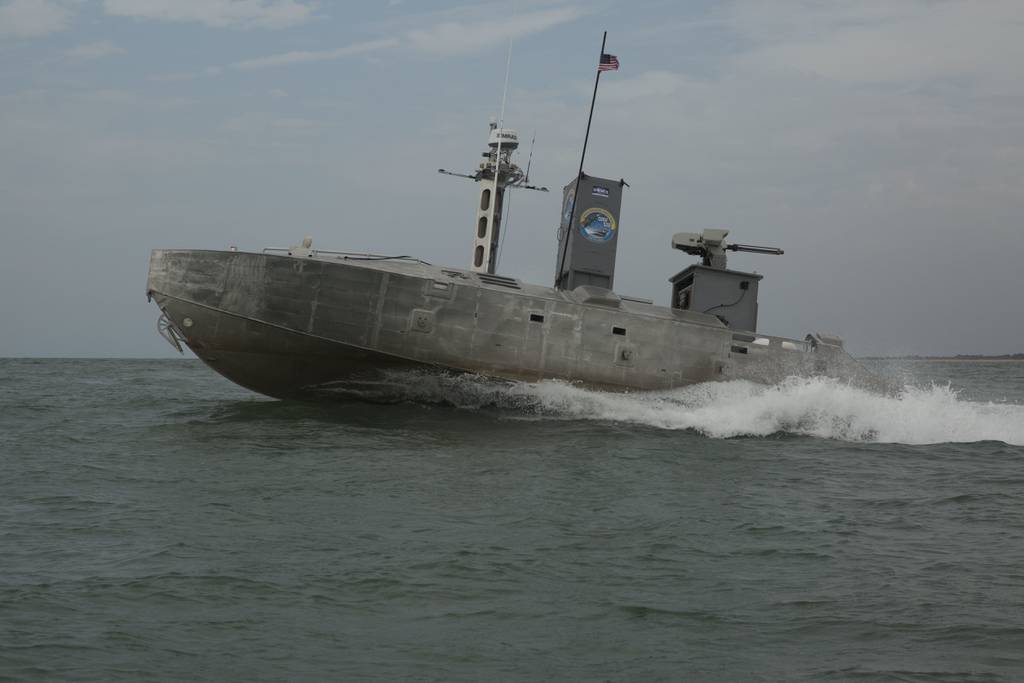WASHINGTON — The U.S. Marine Corps is getting closer to finalizing a new amphibious warfare concept, which the head of the Marine Corps Warfighting Lab said will focus on leveraging and defending against emerging technologies.
The lab said in May it was working on a Concept for 21st Century Amphibious Operations at the behest of the commandant of the Marine Corps. New concepts such as stand-in forces and expeditionary advanced base operations have gotten much attention since the Marine Corps began its Force Design 2030 effort, the lab’s former commander noted, but traditional amphibious operations also needed to be modernized.
The term stand-in forces refers to the idea of having Marines be able to operate within heavily defended no-go zones that would-be adversaries like China are expected to erect in times of war. It, like the expeditionary advanced base operations concept, is focused on small, agile units — whereas traditional amphibious operations involve larger Marine formations on large warships.
Brig. Gen. Kyle Ellison, who assumed command of the lab in June, said Dec. 6 the concept was being drafted now and “on glideslope to get it towards completion here with our partners, the naval force, and up for review and signature.”
The previous commander, Maj. Gen. Benjamin Watson, had said the concept was due at the end of the year.
Ellison said at the U.S. Naval Institute’s annual Defense Forum Washington that the Marine Corps Warfighting Lab had looped in U.S. Navy organizations such as U.S. Fleet Forces Command to ensure the concept remained naval in nature. It also included both warfighters to understand what’s happening in amphibious operations today and organizations like the Defense Department’s Office of Net Assessment to understand what the operating environment could look like well down the road.
“We’re going to take our time on it and make sure we get it right,” Ellison said about this effort.
He explained the new concept assumes anti-access/area-denial capabilities will be in play as amphibious forces try to get to and operate around key maritime terrain such as islands and straits.
To compensate, he said, the concept calls for more agile platforms to supplement traditional amphibious ships, long-range unmanned systems that can get inside the enemy’s threat range, dispersed formations of manned and unmanned ships that challenge enemy targeting, and the adaptation of disruptive technologies.
Asked about the technology the Marine Corps would develop and field to support this new concept, Ellison said the service had no choice but to move quickly, getting fleet input and working through potential concepts of employment even as the acquisition community still works the formal requirements for future programs of record.
“What we really need to do is incorporate new technologies into every exercise that we have going on,” he said.
Megan Eckstein is the naval warfare reporter at Defense News. She has covered military news since 2009, with a focus on U.S. Navy and Marine Corps operations, acquisition programs and budgets. She has reported from four geographic fleets and is happiest when she’s filing stories from a ship. Megan is a University of Maryland alumna.








